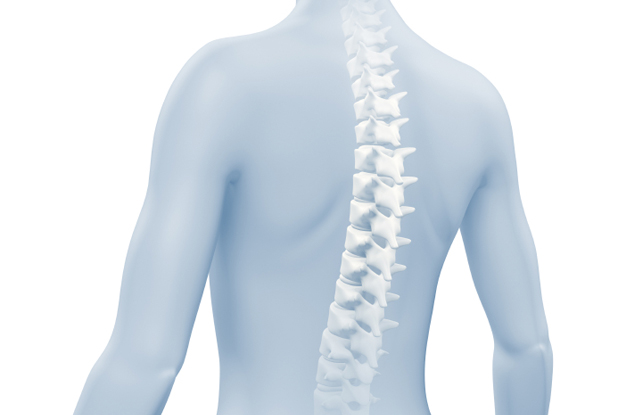Levels of Spinal Cord Injury

The spinal cord is a structure consisting of a thick bundle of nerves that runs through the vertebrae (backbones) in your spine. These vital nerves carry signals from your brain to various parts of your body.
An accident that causes your vertebrae to break may also cause damage to your spinal cord. If this happens communication between your brain and body is blocked which affects your sensory, motor, and reflex messages.
The spinal cord can be divided into four segments: the cervical segment is in the neck region; the thoracic region is from approximately the top of the collar bone to the mid-back; the lumbar and sacral regions are the lower end of the spinal cord.
At each of these levels of the spinal cord, the nerves branch out to different parts of your body; the nerves that go to your hands and arms come up in the cervical segment; the nerves that go to your upper chest, mid back and abdomen come out to your thoracic region, and the nerves that go to your legs, bowel and bladder come out of your lumbar and sacral segments.
What this means is, if a person sustains an injury to their spinal cord at a particular level, it will affect the nerves that come out from the spinal cord at the level of the damage and below. For example, if a person sustains an injury to their lumbar or sacral region of their spinal cord, then in theory, the nerves that go to the arms and hands are spared and function hopefully will remain intact.
You may have heard the terms “incomplete spinal cord injury” or “complete spinal cord injury”. An incomplete spinal cord injury can occur if there is movement or sensation below the level of the injury or if one side of the body has more function than the other.
In Ontario, The Statutory Accident Benefits Schedule provides for a higher level of available benefits, in some cases, when the spinal cord has been compromised as a result of injuries sustained in a motor vehicle accident. These benefits provide for additional funding as needed for medical and rehabilitation, attendant care, and housekeeping and home maintenance needs.
Competent and compassionate legal representation after such a devastating injury will ensure that your loved one is cared for and that compensation that is available is sought for their future needs.
Written By

Josie has been working in the legal industry since 1987. She joined Oatley Vigmond in 1995 as a senior law clerk, having developed expertise in demonstrative evidence applications, particularly in the areas of mediation and trial preparation. Her desire to provide hands-on support to clients and their families led her to become an accident benefits specialist. Now, she provides Oatley Vigmond clients with prompt and effective assistance to access the insurance benefits to which clients are entitled. She helps assemble a reliable community rehabilitation and long-term care team for our clients. She’s a licensed paralegal with the Law Society of Ontario, and holds a certificate in rehabilitation management from Seneca College.
